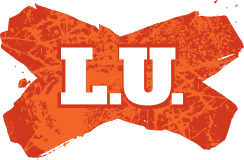Thecliffdogg
Juniors
- Messages
- 1
I am after history of the junior league, defunct clubs, year books, photos, memories.
the junior league keep a very limited record of it past and i am very interested in it.
the junior league keep a very limited record of it past and i am very interested in it.


